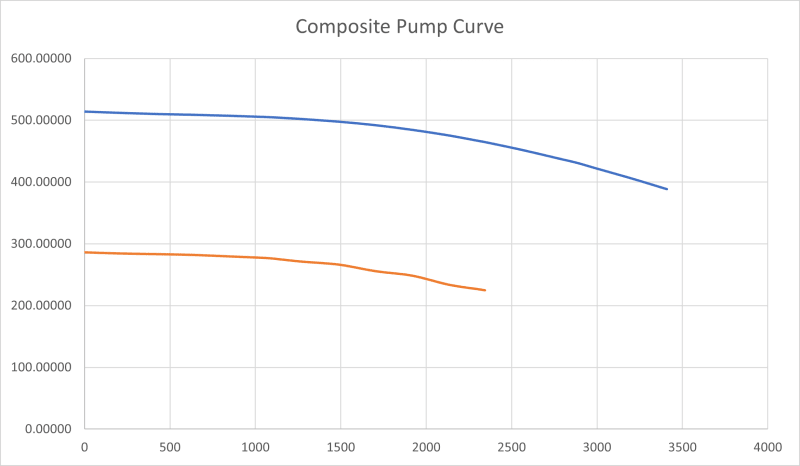paracetamol
Mechanical
Hello all,
I have two dissimilar pumps in series.
To plot the composite pump curve, is it okay to assume that Flow_both = (Flow1 + Flow2)/2 and Head = Head1 + Head2?
First pump is fixed speed and the second is variable speed.
Just trying to find the approx. intersection with the system curve to know what speed the second pump will have to be set to.
Approx. values are okay because this is just for a power consumption estimation. But will I be too far off?
Thank you sm
I have two dissimilar pumps in series.
To plot the composite pump curve, is it okay to assume that Flow_both = (Flow1 + Flow2)/2 and Head = Head1 + Head2?
First pump is fixed speed and the second is variable speed.
Just trying to find the approx. intersection with the system curve to know what speed the second pump will have to be set to.
Approx. values are okay because this is just for a power consumption estimation. But will I be too far off?
Thank you sm


![[thumbsup] [thumbsup] [thumbsup]](/data/assets/smilies/thumbsup.gif)